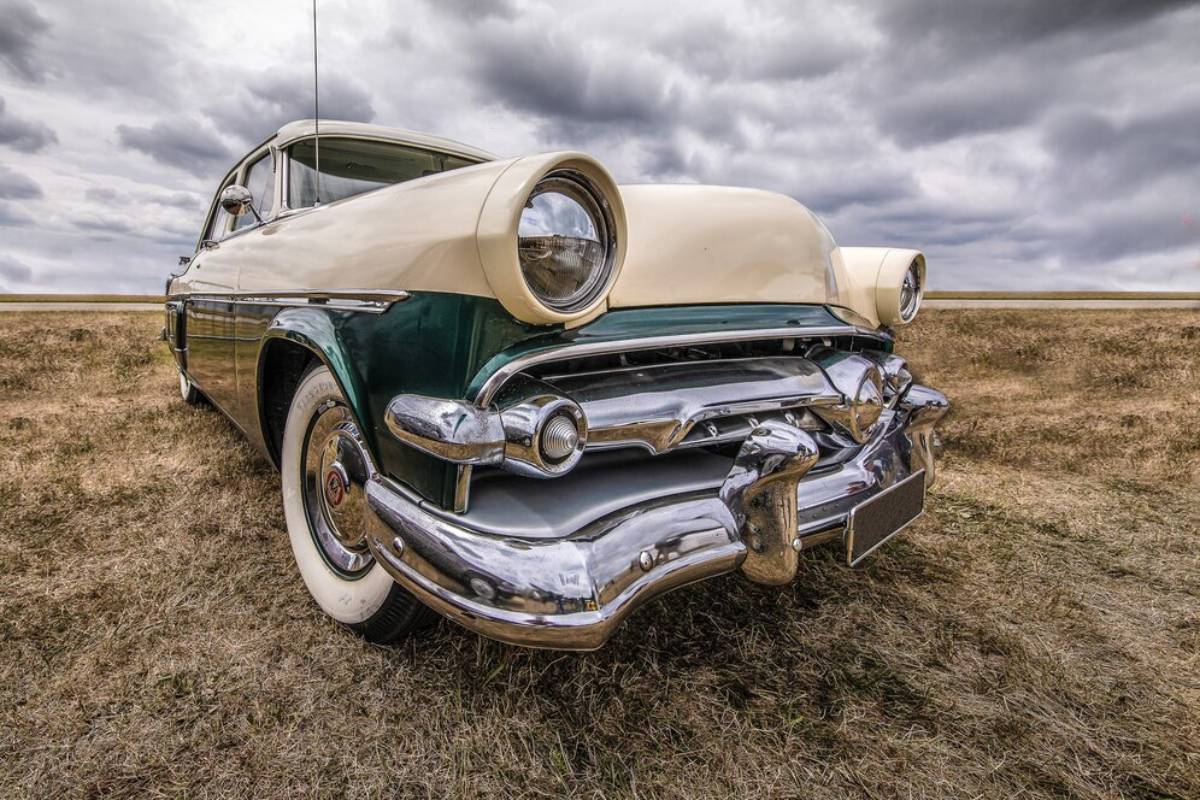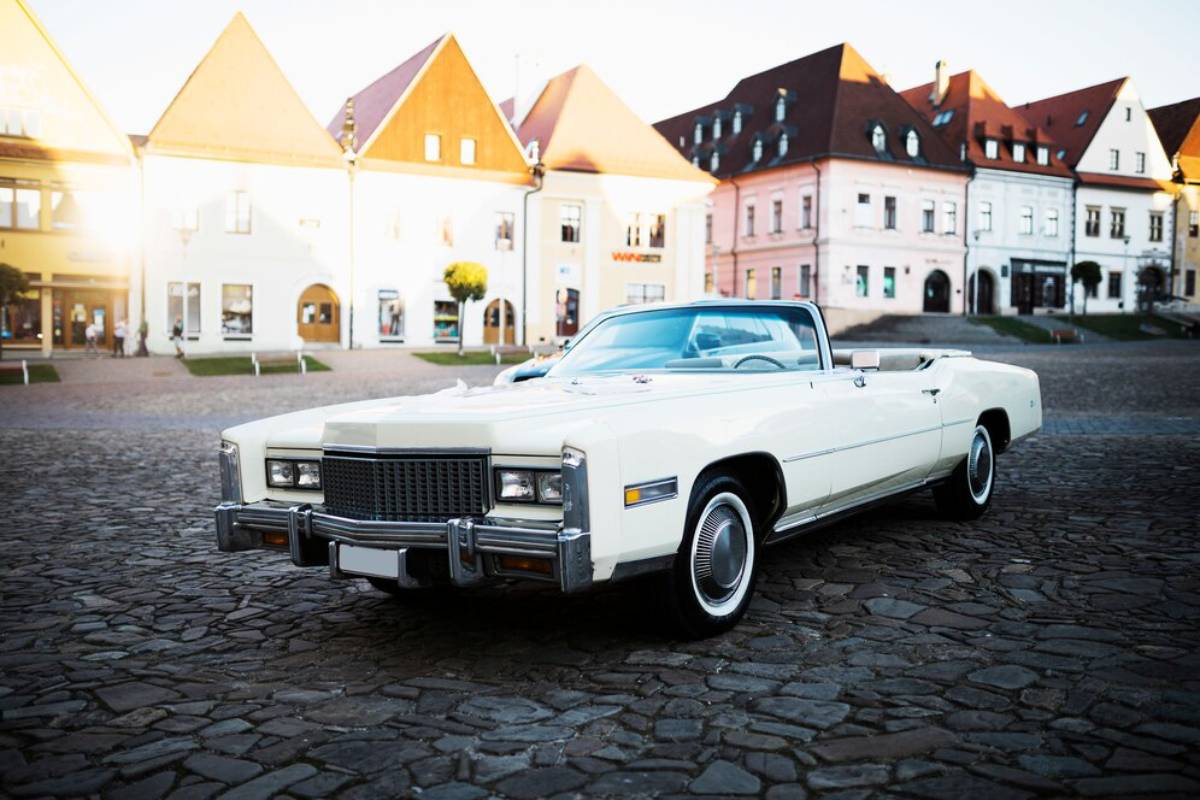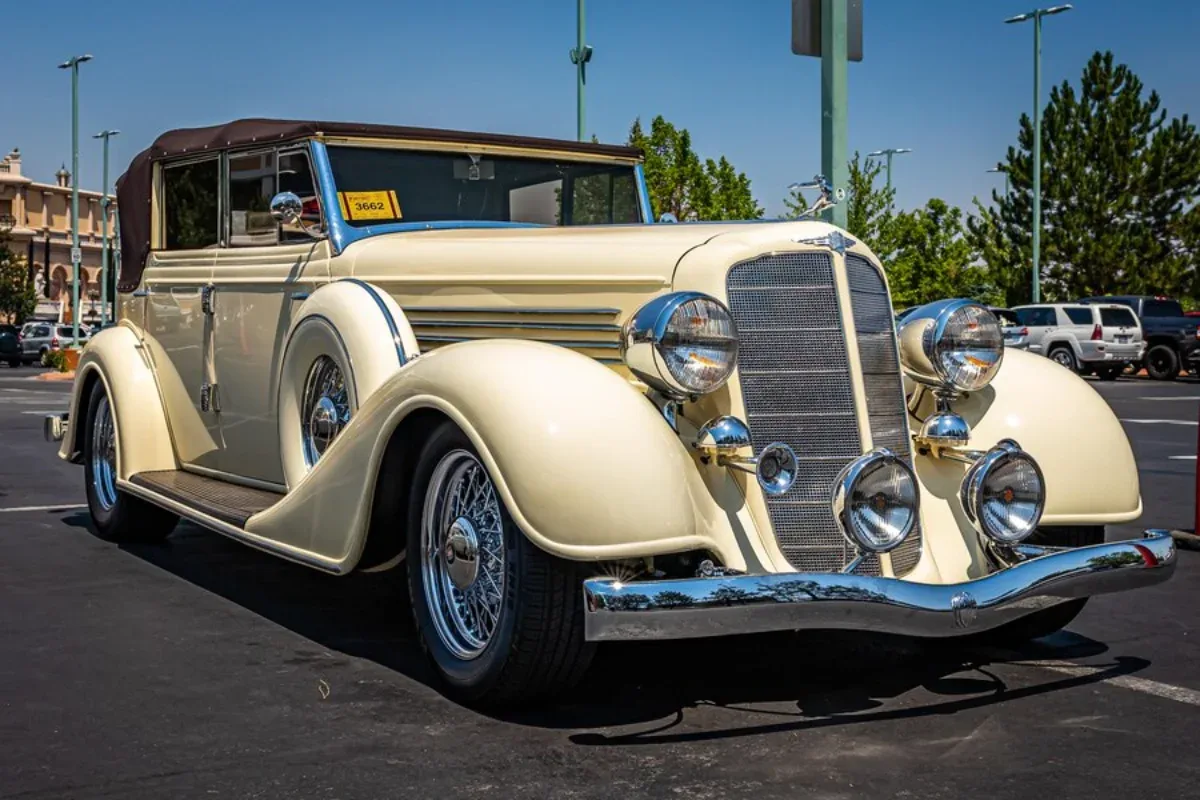
Is Investing in Classic Cars Worth It?
Classic Cars: Making The Investment Enthusiasts Love The excitement of owning a piece of automotive history, plus the potential for profit, is attractive. But is it an expense worth splashing out on? This blog will set you on the right course for classic car investment. We will go over the best vintage cars, when to invest in them, and whether this path is right for your financial goals.
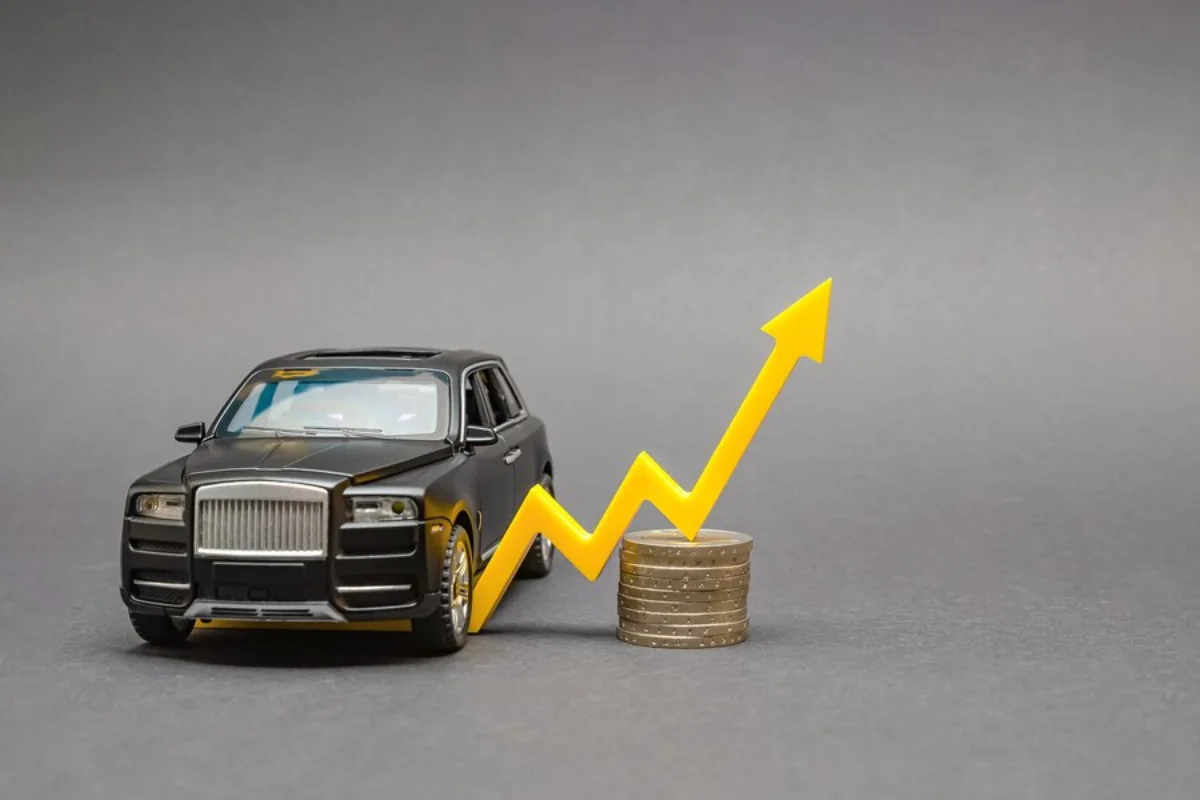
Why Classic Car Investment Matters
Classic cars are more than vehicles; they are pieces of history. They reflect the craftsmanship, design, and culture of their time. Investing in classic cars mixes passion with profit. Unlike stocks or real estate, classic cars provide a sensory experience that engages both heart and wallet.
One key reason to invest in classic cars is their potential for appreciation. The Hagerty Price Guide Index shows steady growth, indicating a strong market for these vintage treasures.
Classic cars can also protect against inflation. As physical assets, they are less affected by market changes. This offers stability in uncertain economic times. Plus, owning a classic car can provide tax benefits, like capital gains tax exemptions in some areas. This makes them appealing for savvy investors.
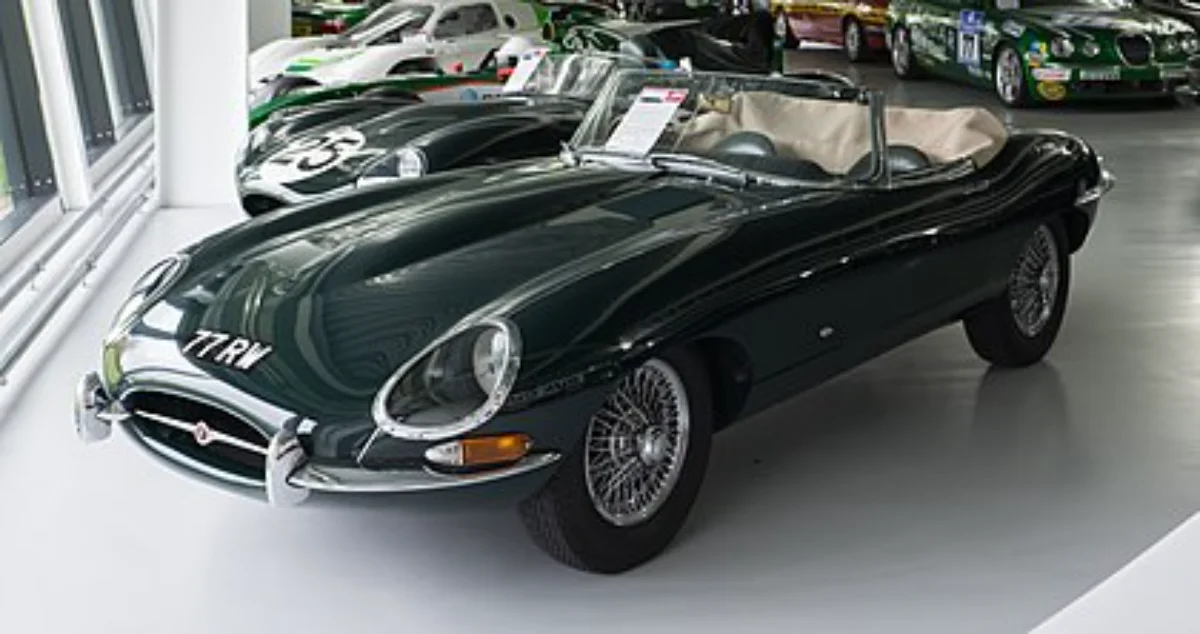
The Best Vintage Cars for Collectors
Choosing the right classic car is key to successful investing. While personal taste matters, some models consistently prove to be good investments. Here are some of the best vintage cars for collectors:
Jaguar E-Type
The Jaguar E-Type is often called one of the most beautiful cars ever made. Its sleek design and powerful engine make it a favorite among collectors. Its value has steadily risen, making it a solid investment choice.
Porsche 911
The Porsche 911 is a legendary sports car with a rich history. Its classic design and exceptional engineering have made it a collector’s favorite. Early models from the 1960s and 1970s have seen significant value increases, making them smart investments.
Aston Martin DB5
The Aston Martin DB5 is famous as James Bond’s car, boosting its desirability. With limited production and iconic status, the DB5 has consistently increased in value. This shows how pop culture can influence classic car investments.
Ferrari 250 GTO
For those with deep pockets, the Ferrari 250 GTO is the ultimate classic car investment. With only 36 units made, it is extremely rare and sought after. Recent sales have reached astonishing figures, making it a dream for collectors.

How to Invest in Old Cars: A Step-by-Step Guide
Investing in classic cars needs careful thought and strategy. Here’s a step-by-step guide to help you through the process:
Step 1: Research and Education
Before you invest, it’s vital to educate yourself. Learn about market trends, historical prices, and factors that affect car values. Go to classic car auctions, join enthusiast clubs, and chat in online forums for tips from seasoned collectors.
Step 2: Set a Budget
Decide how much you want to invest in classic cars. Remember, the purchase price is just one part of the investment. Factor in costs like insurance, maintenance, storage, and restoration. A realistic budget will help you make smart choices and avoid financial strain.
Step 3: Choose the Right Car
Selecting the right classic car is key to a successful investment. Look for models that have historical significance, limited production, and a loyal following. Assess originality, condition, and provenance when evaluating potential buys. Consulting experts can offer valuable guidance.
Step 4: Conduct Due Diligence
Before you buy, do thorough due diligence. Verify authenticity, inspect documentation, and assess the car’s condition. Look for signs of restoration or modifications that could affect value. Checking the car’s history for accidents is essential. A qualified mechanic should conduct a comprehensive inspection.
Step 5: Purchase and Ownership
Once you find the right car, proceed with the purchase. Ensure all legal and financial matters, like ownership transfer and insurance, are in order. Keep the car in good condition through regular maintenance and proper storage. Document improvements or repairs to maintain its value.
Step 6: Monitor the Market
The classic car market changes, with values fluctuating based on various factors. Keep up with market trends. Attend auctions and meet other collectors. This helps you understand what’s in demand now. Consider consulting industry experts or joining investment groups for insights.
Additional Expert Tips & Common Mistakes to Avoid
Investing in classic cars can be rewarding, but avoid common pitfalls. Here are some expert tips:
- Diversify Your Portfolio: While classic cars can be profitable, diversifying reduces risk.
- Be Patient: Classic car investing is a long-term venture. Values may not rise quickly, so patience is essential.
- Avoid Emotional Attachments: Make investment choices based on market trends and expert advice. Don’t let personal feelings influence your decisions.
- Stay Informed: Keep up with industry trends to make smart investment decisions.
Advanced Insights & Expert Recommendations
For those ready to elevate their classic car investment, consider these insights:
Restoration Projects
Restoration can boost a car’s value, but assess feasibility and costs before starting.
International Markets
Exploring international markets can provide unique investment chances. Research demand trends and import/export regulations to take advantage of new opportunities.
Leverage Technology
Reach more buyers and sellers using online platforms, auction sites, and virtual communities. This can boost your investment strategy.
Conclusion: Final Thoughts & Call to Action
Classic car investment guide: 8 guidelines to help you earn profits Having a plan, a solid research strategy, and updated information allows you to make smart decisions.
Now, take action. Learn about the market, be a smart shopper and search the market. Classic cars await you, whether you’re a veteran collector or a novice investor. You can reap financial rewards and to respect automotive history with greater depth.

